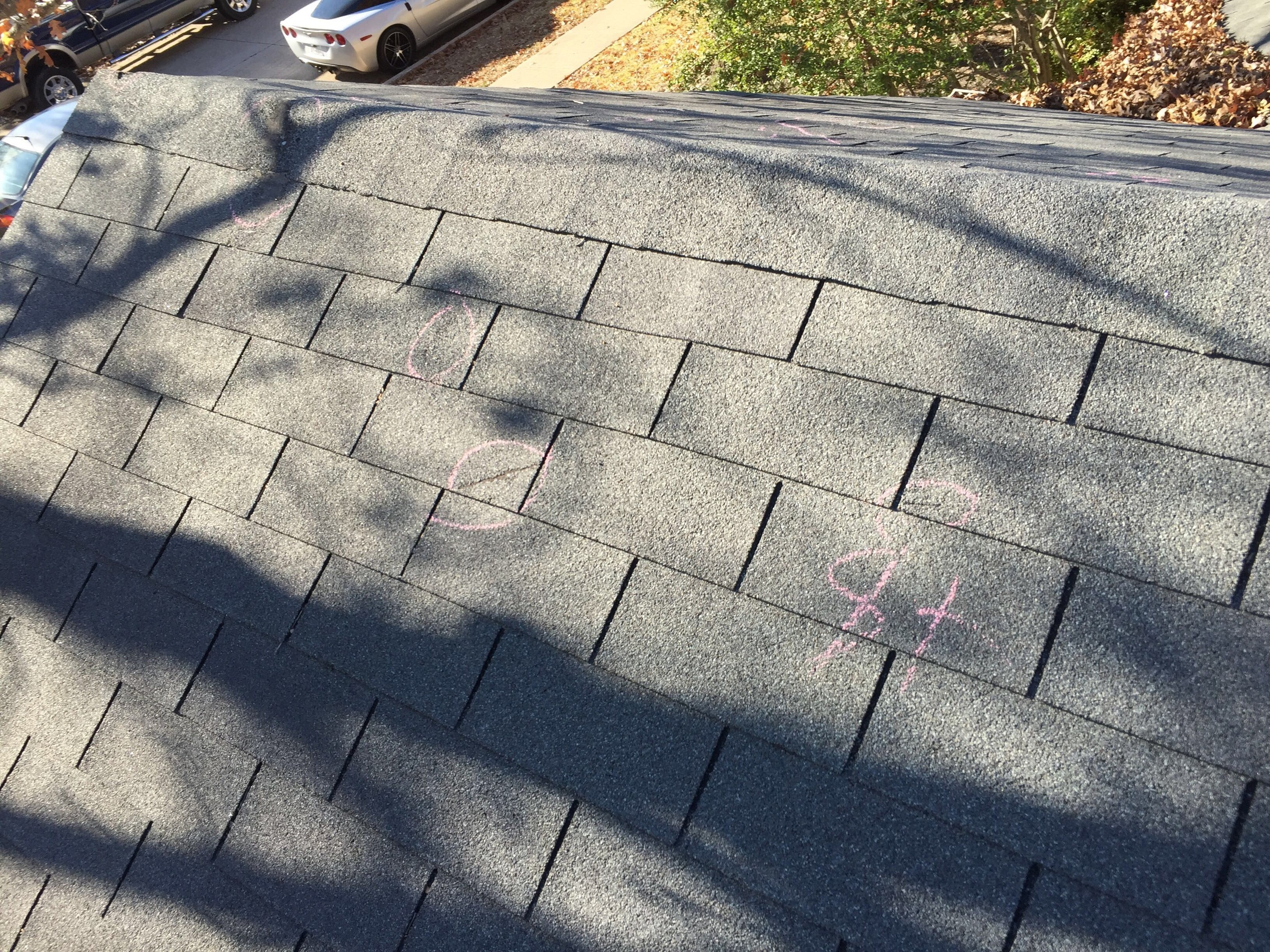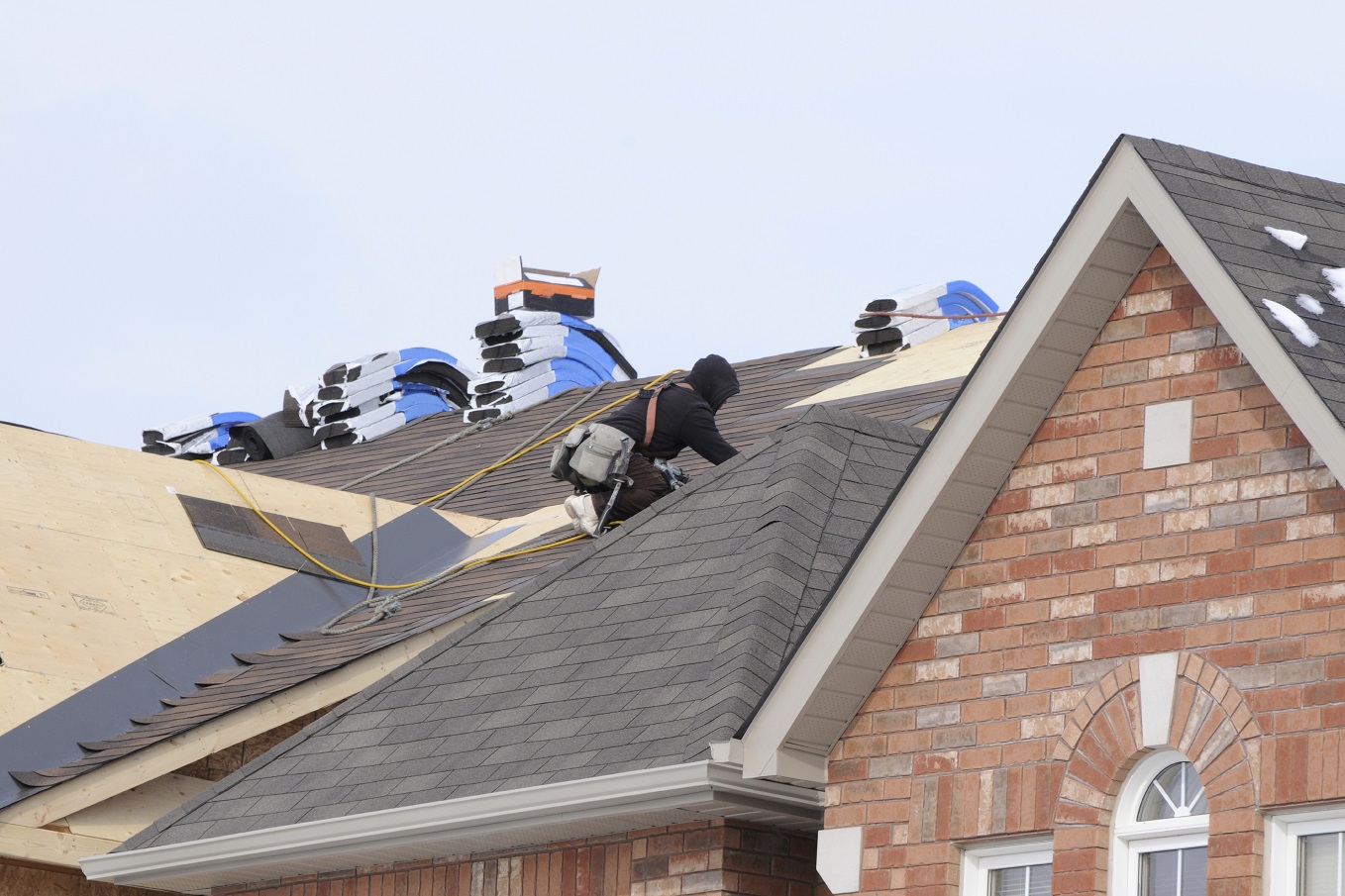Belmont Roofing’s Insurance Process | Navigating the Insurance Map | More Information
WHEN DAMAGE HAPPENS, WE CAN HELP.
Texas’ storms can affect our homes in many ways, from strong winds that blow off shingles to softball sized hail that breaks through roofs. Choosing the right roofing contractor is critical, ensuring that the roof protecting your home is safe right now and for years to come. As part of the local community that we have been serving since 2015, your business truly means the world to us at Belmont Roofing. We are built with YOUR trust and proven by time.

STEP 1: CALL YOUR INSURANCE COMPANY
Your roof was damaged by a storm. Since you have insurance for these scenarios, it will be up to the insurance company to determine the extent of the damage, what needs to be done to fix it, and how much it will cost to fix it. Rather than initially calling Belmont Roofing directly, you’ll want to work with your insurance company to file a claim and have an adjuster inspect the damage. You will not be responsible for charges beyond your deductible; the insurance company will cover the cost.
If you are unsure if there is damage, your insurance company may request that you have a respectable roofing company inspect the roof first. That’s great — we’re happy to help do that! But if there is catastrophic damage (and some insurance providers are considering the storms this summer catastrophic), many companies do not require an inspection from a roofing company prior to an adjuster’s inspection.
STEP 2: Contact Belmont Roofing
The insurance adjuster visits your home to do an evaluation and creates a report of the work to be done, which includes a detailed analysis of the costs as they are established by the industry in your particular region. The insurance company sets their prices based on industry standards and pays accordingly. Your only task in this step is to locate a reputable contractor who will do quality work, whether by insurance recommendation or independent research — which we hope, for you, is Belmont Roofing.

STEP 3: HAVE THE WORK DONE
After the adjuster provides a report with the scope of work needed, we will meet with you to discuss an addendum that details the actual specifics (such as shingle color, gutter work, etc.) of the work to be performed. Once signed, this serves as the contract between Belmont Roofing and you, according to the insurance company’s specifications.
We will then schedule you as soon as possible to have one of our expert roofing crews replace the roof on your home. It may not be immediate, but since Texas’ hail season can last for a few months, as long as your roof isn’t leaking, it can be to your advantage to wait a little while to have the work done! The last thing any of us wants is to get the roof replaced, only to have another hailstorm ruin it and have to do it all over again — with another deductible for you! So a little patience can save you a lot of headaches (and cash) in the long run. In the meantime, we do have a team that can temporarily patch any leaks your roof may have to keep it safe until the time comes to install an entirely new roof and gutter system.

You and your insurance company are on the same team. You are not adversaries and both of you have the same goal of putting your house back to its original shape. When you work together with good communication, it’s the easiest path to accomplish this purpose. The insurance company needs satisfied customers. They want to handle claims speedily but correctly!
“I THINK WE HAVE DAMAGE”: WHERE TO START
Insurance will cover damage done by an “act of God”, which requires a date for the storm. It can’t have happened over time from neglect. The resulting damage will be covered, but not the repair of the actual problem — for example, a branch rubbing on the roof will eventually cause a hole to develop that may leak. The water damage will be covered by insurance but not the roof repair or tree trimming.
You have a deductible to pay, which are the first dollars spent in replacement. If your loss is the same or less than your deductible, there is no need to involve the insurance company. The insurance adjuster that comes to look at your house is the only person who will determine damage. Everyone else only has an opinion. The adjuster will accept input from the owner or contractor, but it is his or her decision to make. If you are unhappy with this decision, you can have a supervisor come, and make a case to overrule the first adjuster. A final step a dissatisfied homeowner can take is to contact the state insurance board. They are the licensing entity for all insurance companies doing business in the state. They carry a lot of authority.
IT’S TOTALED: REPLACING YOUR ROOF
A roof replacement is a major project and an expensive cost. If it needs to be done due to storm damage in the adjuster’s opinion, the insurance company will pay for it based on a pre-determined cost or price formula established by Xactimate, a standard insurance adjusting service for home construction. Most insurance companies use this pricing method that has been established to standardize payments for all types of work and determine what the insurance company will pay.
Working with insurance is not about a competitive bid. It is about the contractor being willing to accept Xactimate pricing in agreement with the insurance company. There is no need to get pricing or bids from a contractor, since payment is determined by the insurance company. They will pay less if you like but not more for the work specified. To increase the payment, you will have to add to the scope of work — for instance, something unforeseen that needs repaired, such as roof decking.
PRICING: THE INSURANCE WAY
The contractor needs to have agreed with the insurance company to do the work for the specified amount determined by Xactimate. When this is the case, any unforeseen work will also fall into pricing determined by Xactimate. This is why it is a must for a contractor to have access to the scope of work the insurance company has determined to be damaged — not for pricing, but to do all they have stated needs to be done. Most contractors have Xactimate access so the pricing can be known and standard.
When payment is made, it generally comes in two checks. The first is the ACV, or actual cash value. This is about ⅔ of the total cost that the insurance company is willing to give you, irrespective of any work being done. The second check is the RCV, or replacement cost value. This takes into account a depreciated amount that will be paid upon completion of the work. This can only be received by invoicing the insurance company when work is completed. For instance, if $5,000 remains in RCV but the contractor only invoices for $4,000, the insurance company keeps the remaining $1,000 – it doesn’t go to the homeowner.
SO IN A NUTSHELL…
- Insurance, homeowner, and contractor work together to repair storm damaged houses back to their original condition prior to the storm.
- Pricing is predetermined by insurance when the scope of work is decided.
- The contractor needs to know what the scope of work is and help determine it is complete.
- The homeowner needs to choose both entities according to how well they perform.
Need more information?
Download our handy side-by-side printable comparison of a typical competitive bid process and an insurance claim process.
If you have further questions, you can always contact us by phone, e-mail or website for more details and assistance, and we’ll be happy to walk you through the process.